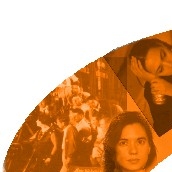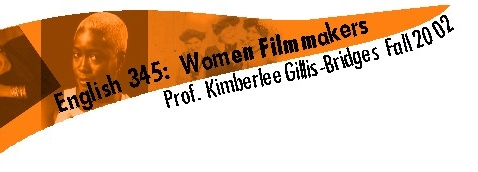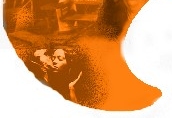


| Course M, 2:30-5:20 W, 2:30-4:20 Thomson 125 |
| Instructor K. Gillis-Bridges Padelford A305 543-4892 MW, 1:00-2:20 |
| Page last updated 11/27/02 |

Length and Due Dates
Length: 2-3 pages
Formatting: Please submit critiques on 8 ½" by 11" paper, titled, paginated, typed and double-spaced, with one-inch margins. In the upper right hand corner of the first page, include your name, the course number, the assignment, and the due date; this information should be single-spaced. You may use a 10 or 12 point Arial, Bookman, Century Schoolbook, or Times New Roman font for your papers. When quoting or paraphrasing the critiqued article, please use MLA guidelines
Assignment Option Due Dates: Submit via Word for PC email attachment or in hard copy at Padelford A-305 on:
- Friday, November 1, by 4:00 p.m.
- Monday, November 25, by 9:00 p.m.
- Monday, December 16, by 4:30 p.m.
For the critique, you will analyze how an article read for the course facilitates or limits our interpretation of a director and/or her film(s). You may critique any of the argumentative articles or book chapters written on course films we’ve viewed in their entirety. An argumentative piece offers a thesis—whether explicit or implicit—and attempts to support that thesis with film analysis, discussion of contexts, and reference to other writers.
Questions to Consider
While you need not answer all of the following questions in your critique, they will help you to shape your thoughts.
- Who is the writer’s audience? Is the article’s style appropriate for this audience?
- What is the purpose of the article? In other words, why is the author writing it?
- What is the author’s main argument? Is the argument explicitly or implicitly stated?
- Does the writer follow through on her argument? In other words, if the author defines questions to be answered, does he answer them? Does the article address the scope of the stated argument?
- How does the writer prove her points: examination of narrative, shots, and scenes, discussion of historical, social, and industrial contexts, references to other sources, quotations from the director or analysis of her life? Does the evidence adequately prove the thesis? Is the type of evidence used inadequate to support the thesis?
- What issues does the writer address? What doesn’t he address? Are these issues significant?
- What is your response to the writer’s argument: do you agree, disagree, or agree in part and disagree in part? What elements of the article helped you to make sense of the film? What elements did not help you understand the film?
1) You may submit a maximum of two critiques. Critiques submitted on a particular assignment due date may address any argumentative article read before the due date.
2) Remember that you are writing to an audience who has already read the article. Therefore, your goal is to analyze the writer’s argument, not to summarize the article. Any reference to the article should either set up a point you will critique or support your analysis.
3) Although you will analyze only one article in your critique, you may draw upon another course article to support your points or determine points of critique. For example, a critique of Ohm’s article on Maedchen in Uniform may selectively incorporate the insights of B. Ruby Rich, whose position on the film differs from Ohm’s.
4) Most critiques follow a similar structure. The introduction typically identifies the writer and article under critique , summarizes the article’s main argument, presents the critique author’s thesis regarding the overall usefulness of the article, and gives an overview of why the article is and isn’t useful. The body paragraphs examine one aspect of the article, with the critique author supporting her analysis of this element with references to the article or the film. The conclusion reiterates the critique author’s thesis and comments on the larger significance of the article.
5) For the critique, it’s best to choose an article you have some disagreement with. Supporting a solely positive critique is difficult—you may find yourself restating the author’s argument as you attempt to explain your agreement.
6) Critiques should offer a fair analysis of the author’s article. No writer can fully examine a film or director within a limited number of pages; instead, he has to choose an approach. You cannot take a writer to task for failing to address an issue beyond the scope of her article. However, you can critique an author who ignores questions that are integral to his defined scope.
7) Do not forget the rich discussion that has taken place on the electronic bulletin board. Several of the discussion questions explicitly address course readings; thus, a review of the postings on a particular reading may help you to shape your critique. You will, of course, cite specific words and interpretations borrowed from classmates.
8) If you’re having difficulty understanding all aspects of an article or devising an approach to the critique, come to my office hours or email me to set up an appointment. I’m also available to discuss ideas-in-progress.
Sample Critique
Anne Morey wrote this review of Christina Lane's Feminist Hollywood (a book on reserve for our course) for Film Quarterly. Although she's critiquing a book rather than an article and thus includes more summary than you will, Morey touches on significant aspects of Lane's book, and she supports her analysis well. The document is UW restricted. If you're accessing the web from home and don't use the UW Internet Connectivity Kit, you may have to reconfigure your browser preferences before you can see the article.
Grading
I will use this grading scale to evaluate the critique.